Optimal Timing for Asbestos Testing
Asbestos testing is a critical step in identifying hazardous materials within buildings and structures. Conducting tests at appropriate times ensures accurate detection and helps mitigate health risks associated with asbestos exposure. The timing of asbestos testing depends on various factors, including renovation schedules, property ownership changes, and suspected deterioration of materials.
Testing before renovation or demolition projects helps identify asbestos-containing materials and prevents exposure during work activities.
Performing asbestos testing during property transactions ensures safety and compliance, especially in older buildings.
If building materials show signs of damage or deterioration, testing is recommended to assess potential asbestos exposure risks.
Following natural disasters or structural damage, asbestos testing can identify hidden hazards in debris or compromised materials.
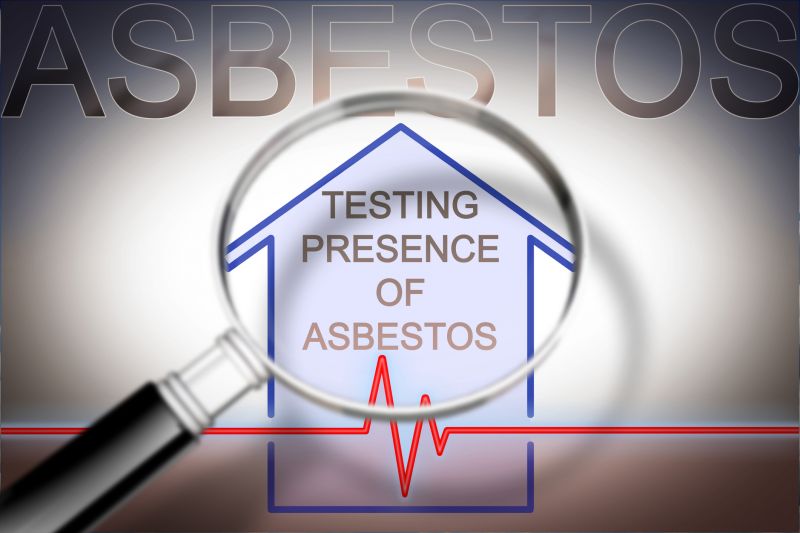
Ways to make Asbestos Testings work in tight or awkward layouts.

Popular materials for Asbestos Testings and why they hold up over time.
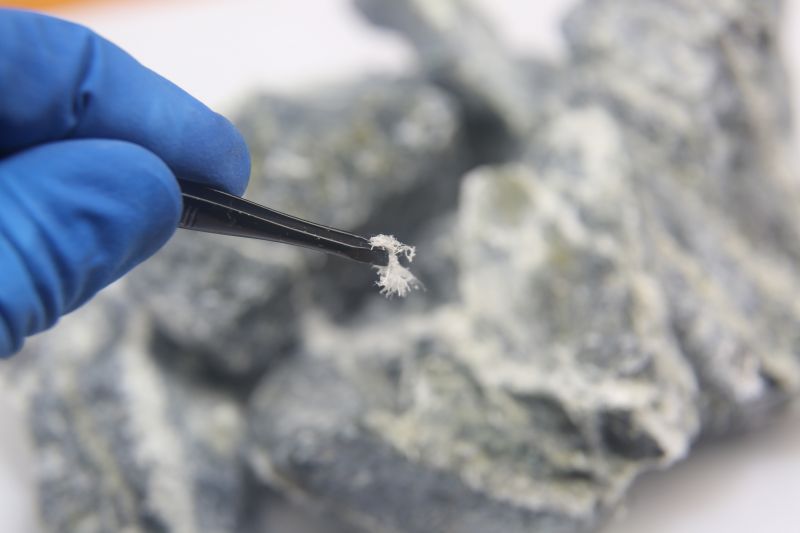
Simple add-ons that improve Asbestos Testings without blowing the budget.

High-end options that actually feel worth it for Asbestos Testings.
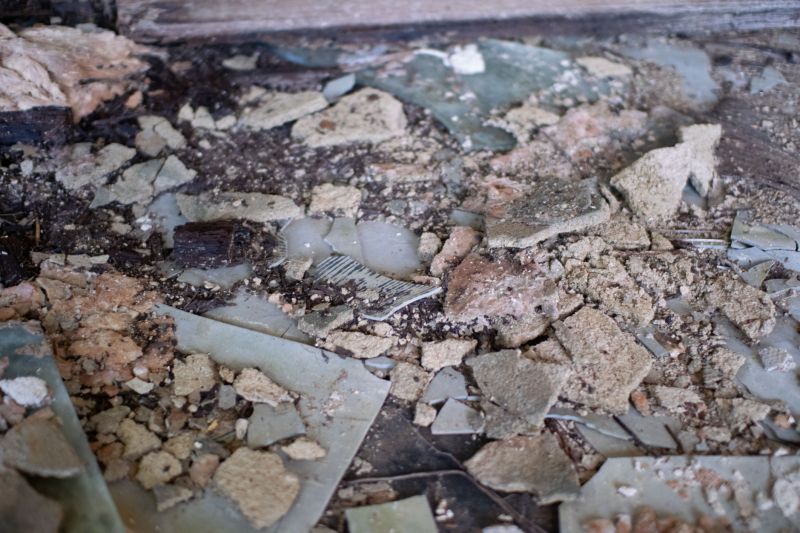
Finishes and colors that play nicely with Asbestos Testings.
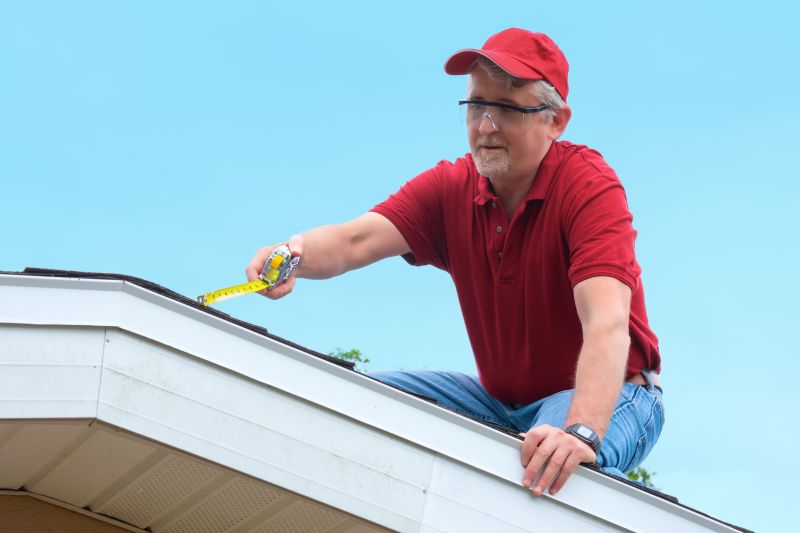
Little measurements that prevent headaches on Asbestos Testings day.
Asbestos testing involves collecting samples of suspect materials and analyzing them in specialized laboratories. It is essential for maintaining safety in environments where asbestos was commonly used in construction materials. According to industry statistics, asbestos exposure can lead to severe health issues, including mesothelioma and asbestosis, making timely testing vital for health protection.
The presence of asbestos is more likely in buildings constructed before the 1980s. Asbestos-containing materials include insulation, flooring, roofing, and wallboard. Regular testing and proper management are necessary to prevent fiber release and exposure, especially during renovation or deterioration.
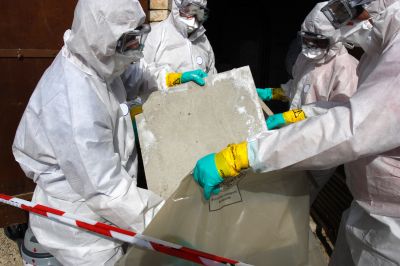
A 60-second routine that keeps Asbestos Testings looking new.

A frequent mistake in Asbestos Testings and how to dodge it.
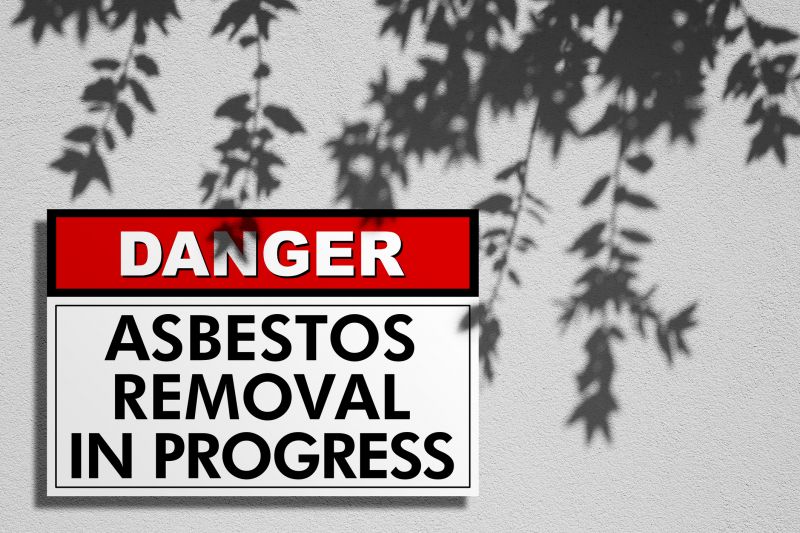
Small tweaks to make Asbestos Testings safer and easier to use.
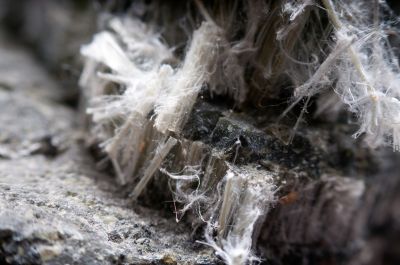
Lower-waste or water-saving choices for Asbestos Testings.
For those interested in asbestos testing, filling out the contact form provides a way to schedule assessments and receive detailed information. Proper timing and testing procedures are essential for ensuring safety and compliance in environments where asbestos may be present.



